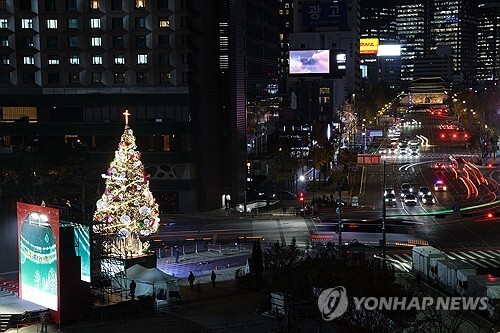dailies-editorials (1)
(EDITORIAL from Korea Herald on July 21)
Predictable but not prevented
Korea's infrastructure and disaster planning fail to keep up with climate realities
Once considered rare, catastrophic summer downpours are now a seasonal certainty in South Korea. Over the last week, torrential rain swept through southern regions, submerging roads, toppling infrastructure and claiming at least 14 lives.
In Sancheong, South Gyeongsang Province, alone, six people died and seven were left missing in landslides and flash floods, the government said Sunday. The rain has not yet ceased, and the toll may still rise.
Yet this is no longer a one-off disaster. In recent years, record-setting deluges have struck with disturbing frequency. From basement floods in Seoul in 2022 to the fatal inundation of the Osong underpass in 2023, the list grows longer each monsoon season. This year, it was Sancheong, Seosan and Osan — next year, it could be anywhere.
The unsettling reality is that while damage accumulates, the country's flood infrastructure remains firmly anchored in the past.
The consequences are alarming.
Drainage networks in major cities such as Seoul are designed to handle rainfall of up to 85 millimeters per hour. Yet Seosan, South Chungcheong Province, was hit with 114.9 millimeters in just one hour — a level once expected only once in a century. Gwangju recorded 426.4 millimeters in a single day. Nearly 13,000 people nationwide were forced to evacuate their homes last week. More than 3,000 cases of damage to public and private property have already been filed.
The government has responded with emergency recovery measures. With an interagency task force launched Sunday, officials have pledged swift restoration and aid to hard-hit areas. But the central issue lies not in the speed of recovery, but in the adequacy of prevention and planning.
Despite mounting evidence, South Korea's flood prevention strategy remains reactive.
Much of the current disaster response framework is based on outdated foreign manuals. Civil engineering standards for roads, dams and ports still reflect rainfall assumptions that no longer hold. While climate models warn of more frequent cloudbursts and intensified runoff, flood control plans have yet to fully incorporate these findings. National disaster response simulations still fall short of capturing the risks posed by an altered climate system.
This infrastructure lag is particularly acute in rural areas. While main rivers saw some improvements through past infrastructure projects, secondary waterways and tributaries have often been left unmanaged. Local officials in Osan, Gyeonggi Province, for instance, failed to respond in time to public warnings about a weakened retaining wall, resulting in a fatal collapse. Such governance failures highlight the cost of both technical and institutional inertia.
Climate volatility is no longer a distant scenario. Warmer seas and rising air temperatures mean that the atmosphere now retains more moisture, increasing the likelihood of sudden, high-volume rainfall events. Experts estimate that for every degree Celsius increase in temperature, the air's water-holding capacity increases by about 7 percent. The consequences — localized but devastating "rain bombs" — are becoming a fixture of the Korean summer.
The pattern is clear. Short-term fixes such as sandbags and emergency pumps cannot match the scale of the problem. If current rainfall extremes are already surpassing design assumptions, then without an overhaul, South Korea's disaster preparedness will remain several steps behind the weather.
The country must now treat climate resilience as a long-term national security issue. This means reestablishing flood control benchmarks based on updated climate data, accelerating the upgrade of stormwater systems and investing in early warning and evacuation technologies powered by real-time analytics. The cost of such investment is significant, but so is the price of inaction.
With heat waves and heavy rain now alternating as the new normal, failure to act will not only invite future catastrophe, it will render each disaster more predictable and preventable than the last.
(END)
(C) Yonhap News Agency. All Rights Reserved













![[가요소식] 지코, 요아소비 이쿠라와 신곡 '듀엣' 발매](https://korean-vibe.com/news/data/20251212/yna1065624915953509_920_thum.jpg)









